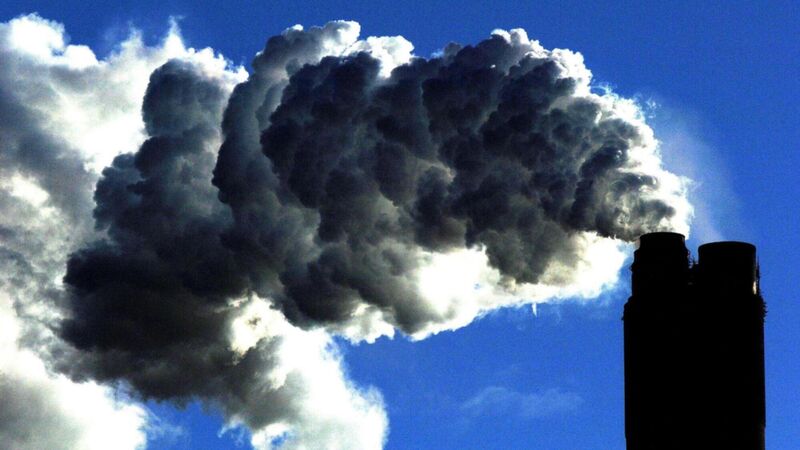Ireland sees largest rise in greenhouse gas emissions in the EU

New data found that of the four countries that did see increases in emissions, GDP also rose, with Ireland also reporting one of the largest surges in economic activity last year. Photo: John Giles/PA Wire
Ireland had the largest increase in greenhouse gas emissions in the European Union at the end of last year and was one of just four EU countries to increase emissions annually.
Rising by 12.3% year-on-year, new data from Eurostat found that Ireland's greenhouse gas emissions in Q4 of 2022 rose in tandem with GDP, with its growth rate of emissions almost twice as large as the second biggest year-on-year increase.
Following Ireland was Latvia, which saw greenhouse gas emissions rise by 6.8%, with Malta in third place, rising by 6.4%. Denmark was the fourth country to report an increase, with its rate of emissions growing marginally at just under 2%.
The remaining 23 countries all saw a fall in greenhouse gas emissions, with Slovenia seeing the most dramatic decrease at almost 16%.
New data from the European statistics agency also found that of the four countries that did see increases in emissions, GDP also rose, with Ireland also reporting one of the largest surges in economic activity last year.
In March, Eurostat found that Ireland's reliance on large multinational intellectual property resulted in GDP for 2022 exceeding the EU average by over 130%, reporting the second-highest GDP figure in the 27-nation union, falling marginally behind Luxembourg.
Of the countries that did decrease their emissions, only five recorded a decrease in GDP, with the majority managing to decrease their contributions without compromising economic growth.
In total, greenhouse gas emissions totalled 938 million tonnes of carbon dioxide equivalents in the final quarter of 2022, a decrease of 4% compared to the same period a year prior.
On an EU level, 'manufacturing' and 'household activities' were the largest contributors to greenhouse gases, each at 21%, with 'electricity, gas supply,' 'agriculture' and 'transportation' responsible for 20%, 13% and 11% respectively.
In response to the data, a spokesperson for the Department of the Environment, Climate and Communications said the Eurostat figures are not in any way related to real data from the EPA which will be published in coming weeks.
"They represent an attempt to estimate changes in greenhouse gases based on economic activity, including GDP growth. However, using GDP as a measure can have a distorting effect in Ireland due to the large number of multinationals based here."
"Nonetheless, the data clearly reinforces the message that the time to act on climate change and emissions is now. It also reinforces the need to cut the link between emissions and economic activity," the spokesperson said.
"More broadly, the latest WMO (World Meteorological Organisation) and IPCC (Inter-Governmental Panel on Climate Change) reports also underline the need to cut greenhouse gas emissions – globally."










